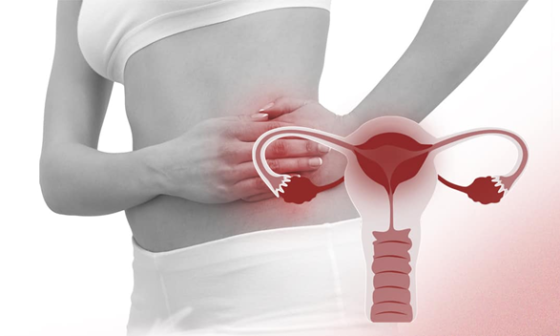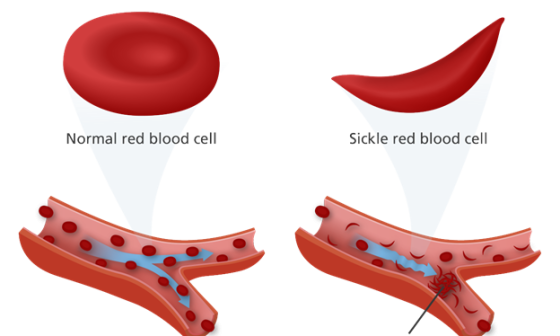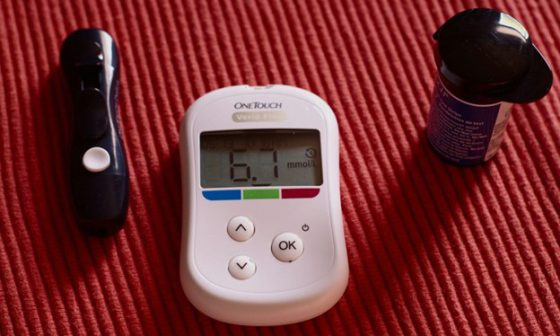Headache disorders can affect a person’s daily life, their ability to work, relationships and ultimately decrease output and productivity. The reduced output and productivity from headache disorders affect the person’s daily life, and take a toll on the career (causing economic loss to their employees and society), finance, and mental health of the sufferer.

Source: Yale Medicine Credit: Getty images
Headache is a pain in and around the head and facial region including the neck that can present as a sharp, dull, throbbing, or constant ache around the head, neck, and face. Headache disorders are recurrent headaches and are among the top three disorders affecting the nervous system according to the World Health Organization (WHO). Additionally, Global Health Estimates by WHO in 2019 reports that after stroke and dementia, headache disorders were found to be the third highest cause of disability-adjusted life years worldwide.
Furthermore, headaches are quite a number and are often misunderstood and mismanaged. In Africa, understanding headache disorders is now crucial more than ever especially as the burden of this disorder affects the productivity of young people who drive the economy of developing countries in the continent.
WellaHealth Africa understands the crucial role education and awareness play in managing and living with other disorders, and this article will discuss types of headache disorders, symptoms, and management protocol.
Classification and Types of Headache
Headaches are classified into primary and secondary, each with its unique types, characteristics, and underlying cause
- Primary Headaches: Primary headache disorders occur independent of any other medical condition. The types under this class include; migraines, cluster headaches, and tension-type headaches. Tension headaches are the most common, characterized by a dull, steady ache, whereas migraines often involve throbbing pain accompanied by other symptoms such as nausea and sensitivity to light and sound. Cluster headaches, though less common, are intensely painful and tend to occur in clusters in and around the eyes.
- Secondary Headaches: Secondary headache disorders occur as a result of underlying medical conditions. Underlying medical conditions that cause headaches include; sinusitis, head injury, infection, or medication overuse. Identifying and addressing the underlying cause is crucial in managing secondary headaches effectively.
It is worth noting that migraines, tension-type headaches, and medication-overuse headaches are the most common types and are of public health importance, according to the WHO they are responsible for high population levels of disability and ill health.

Source: Headache, Migraine and Concussion Centre
Recognizing Symptoms
● Migraine
Migraine is a primary headache disorder of moderate or severe intensity, more common in females, that is often accompanied by nausea, vomiting, photophobia (irritability and sensitivity to light), or phonophobia (irritability and sensitivity to sound). Migraines lasts for about 4–72 hours (1-3 days), recurring, and are often life-long. Symptoms are often preceded by an aura of unilateral, reversible visual, sensory, or other symptoms.
● Tension-type headaches (TTH)
Tension-type headaches get their name from their distinct symptoms where the individual with this type of headache feels tightness or tension around the head like a band. Tension-type headaches affect more women than men. There are two types: Episodic (frequent and infrequent) and chronic types.
Episodic TTH, occurs on fewer than 15 days per month, with attacks usually lasting a few hours but can persist for several days.
Lastly, Chronic TTH can be unremitting occurring 15 or more days in a month.
● Cluster headaches (CH)
Cluster headache is a primary headache disorder defined as a brief extremely severe headache occurring in or around one eye with tearing and redness of that eye that lasts 15-180 minutes and occurs from once every other day to 8 times a day. Cluster headaches get their name from the presentations involving a grouping of headaches, usually over several weeks, often accompanied by a blocked nose, forehead facial sweating, and other symptoms on the affected side. Cluster headache affects men more than women, and have 2 types.
Episodic cluster headaches are headaches with at least 2 cluster phases lasting 7 days to 1 year separated by pain-free periods lasting at least 3 months.
Chronic cluster headaches present with cluster phases that occur for one year or longer without remission, or with remissions lasting less than 3 months.
● Medication-overuse headache (MOH)
Medication-overuse headaches (MOH) the most common secondary headache disorder, are caused by chronic and excessive use of medication to treat headaches. MOH affects more women than men, it is persistent and worse on awakening.
Overall, recognizing the symptoms of different headache types is essential for accurate diagnosis and treatment.
Management Protocol
If you experience frequent, severe, and debilitating headaches, it’s important to consult a physician for evaluation and diagnosis. Wellahealth provides accessible healthcare through telemedicine, which provides individuals with care from the comfort of their homes. Wellahealth’s affordable healthcare plans also provide drugs and in-hospital consultation options for individuals, families, and organizations.
Treatment options for headache disorders may vary depending on the type and severity of headaches but can include:
- Over-the-counter pain relievers
- Prescription medications for acute or preventive treatment
- Lifestyle modifications such as stress management techniques, adequate hydration, and regular exercise
- Alternative therapies like acupuncture, massage, or biofeedback
Conclusion
A holistic approach to health and wellness is our belief at WellaHealth Africa through education and awareness. Education about headache disorders provides an understanding of the complexities of headaches, individuals can reclaim control over their lives and experience relief from the burden of headaches.
If you or someone you know struggles with headaches, WellaHealth provides support and resources are available. Send us a direct message on WhatsApp today!
Dr. Ifeoma Uduh




